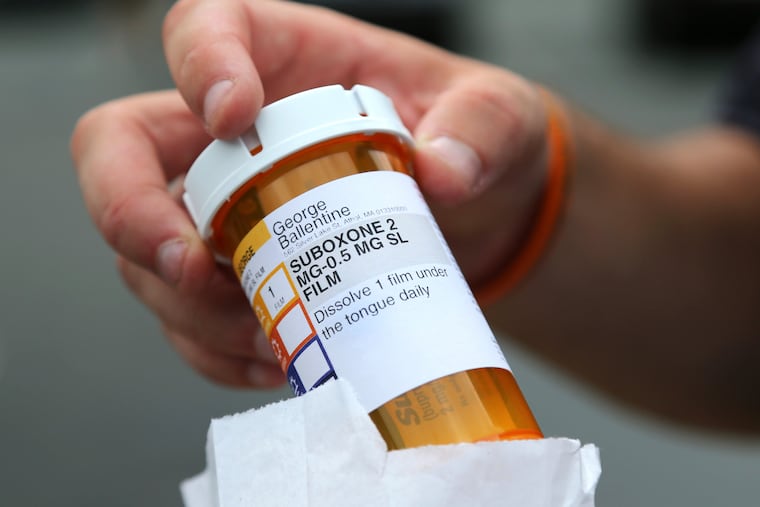Using opioids to treat addiction is considered the gold standard. So why aren’t more doctors prescribing them?
Some doctors say the heavy federal regulations surrounding some addiction treatment medications have deterred many of their colleagues from obtaining the license needed to prescribe the drug.
